27, June 2023
Cameroon is the biggest energy provider in Sub Saharan Africa 0
Cameroon remains the largest energy supplier in the Cemac region, with a total installed capacity of 1,750 MW, equivalent to the combined capacities of Congo, Gabon, and E. Guinea.
In a special report focused on energy access in sub-Saharan Africa, the United Nations Conference on Trade and Development revealed that the country holds the largest share of installed power in the Cemac region, accounting for 48% of the total capacity of 3,700 MW. Gabon follows with 780 MW, representing 21% of the sub-regional total, ahead of Congo with 640 MW (18%), and Equatorial Guinea with 350 MW (10%). These figures imply that the capacity of the Songloulou hydroelectric dam (384 MW) in Cameroon surpasses that of Equatorial Guinea as a whole.
Despite this lead over other Cemac countries, Cameroon still faces significant challenges in providing efficient electricity access to its entire population. To address this issue, the country has undertaken multiple energy projects in recent years. As a result, all turbines of the Nachtigal dam (420 MW) are set to be operational by 2024. This single infrastructure project will then account for nearly 66% of Congo’s current total capacity and about 54% of Gabon’s.
However, compared to other African countries with the same level of development, Cameroon is behind. For example, Côte d’Ivoire has an installed capacity of 2,230 MW, 480 MW more than its Central African peer. This means that even the full commissioning of its Nachtigal dam will not bring Cameroon to the same level as Côte d’Ivoire. Also, around 10% of Côte d’Ivoire’s electricity production is exported to other West African countries (Ghana, Togo, Benin, Burkina Faso, Mali, and Liberia, notably), whereas Cameroon often finds itself in production deficits of up to 100 MW at certain times of the year, according to its power utility Eneo. Similarly, the Central African country is only aiming for a capacity of 5,000 MW by 2030, while its West African counterpart rather eyes 6,000 MW.
The major barrier to a developed electricity sector, according to Cameroonian authorities, is the lack of financial resources to carry out projects and the shortcomings in the country’s energy policy. Yet, the country boasts the third largest hydroelectric potential in sub-Saharan Africa (12,000 MW), behind the Democratic Republic of Congo and Ethiopia.
Source: Business in Cameroon
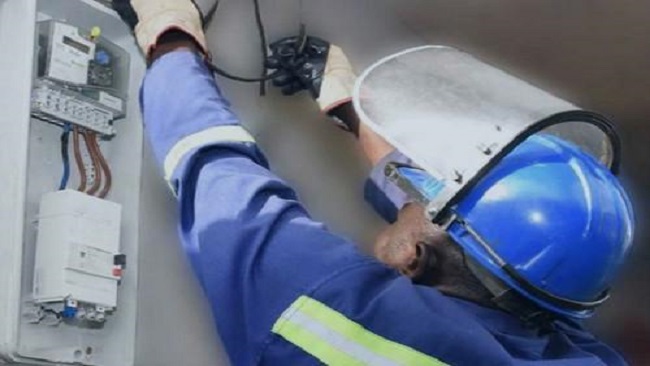

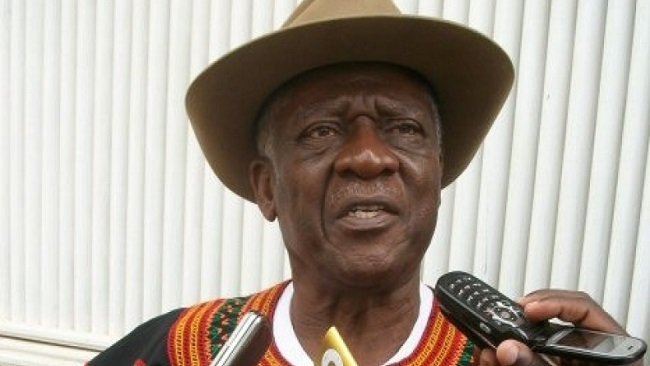



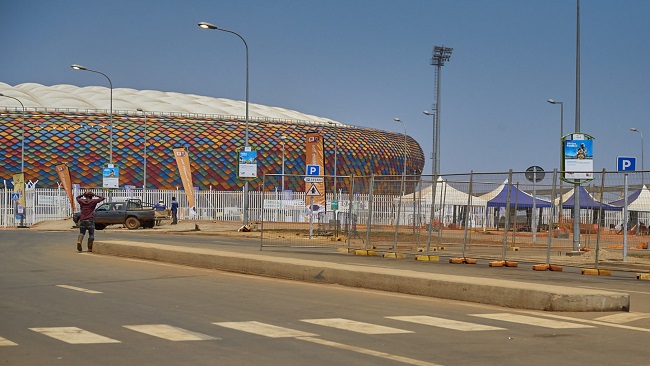
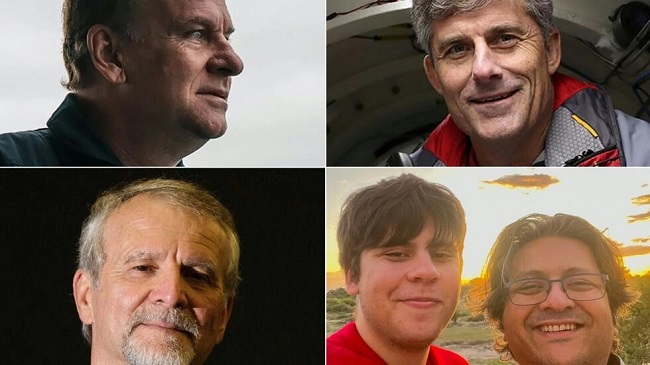
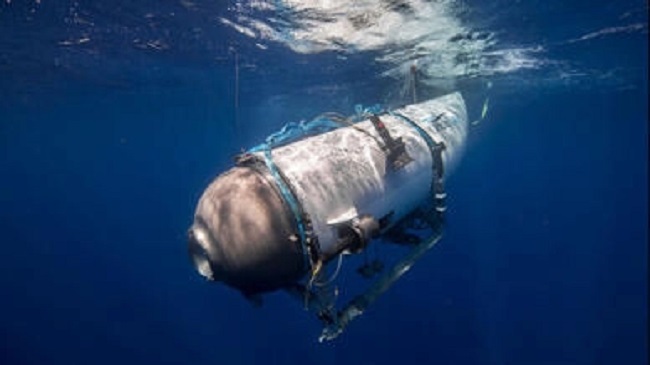

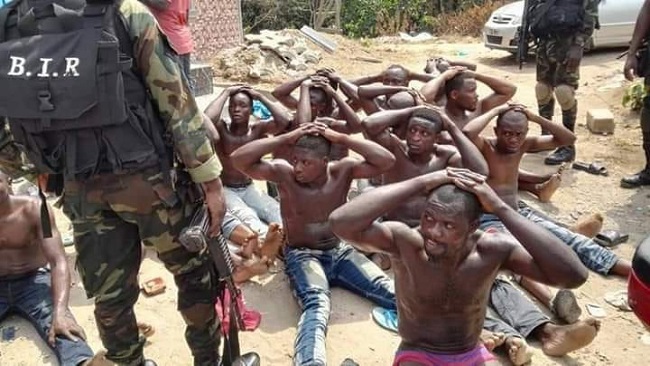
















27, June 2023
Southern Cameroons Crisis: Extrajudicial killings by Francophone soldiers growing 0
Women in the Belo subdivision of the northwestern part of Cameroon say they have been burying young boys executed by military officials between June 10 – 19. The latest batch of burials was of five bodies picked up from the bushes. They had been allegedly suspected of aiding separatists.
Cameroon military forces are fighting Separatist fighters who want to build the country of Ambazonia from the two English-speaking regions of the country. Many extrajudicial killings have been recorded in this process.
Rose, whose brother Terence was killed during the latest operation, said her brother had merely visited the village to see his sick father.
“They passed a military checkpoint and soldiers didn’t stop them. It was on his way back that they shot him,” she said.
With over six years of armed conflict in the English-speaking part of Cameroon, there have been reports of people being arrested and killed by armed forces without passing through regular court trials.
More cases
A joint military front raided Big Babanki on June 16, killing at least six persons. Locals say both separatist fighters and civilians were targeted. Some of them were arrested, interrogated, and later killed. The military operation came a few weeks after separatist terrorists abducted and released some 50 women. These women were kidnapped for staging a protest against them. In response, the military went on a “cleansing” mission.
In most cases where the military seized separatist fighters in the two English-speaking regions of Cameroon, few were sent to prison. Many were instantly killed while others were kept for days in the cell and later executed.
Human Rights Watch in its 2023 report revealed that soldiers from the 53rd Motorized Infantry Battalion killed nine people, including four women and an 18-month-old girl, in Missong village in the northwestern region, in an operation against a community suspected of harbouring separatist fighters.
Reprisal operations last week in Bamenda have seen the killing of over 10 persons. Like in all other past military raids, those arrested sometimes plead for mercy and are transferred to prisons in Yaoundé and Douala. However, only a few get pardoned or taken to jail.
When Tiffang Eric, a business operator, was arrested two years ago while playing Chess with his three friends, he was interrogated and instantly executed.
An eyewitness said military officials saw a big scar on his leg and considered him a separatist fighter who got shot during a previous exchange with them.
“He pleaded and even cried but one of the officers kept calling him Ambazonian,” said an eyewitness.
Eric was shot and his corpse abandoned in a bush. The others were allowed to go after they convinced the soldiers they had family in the military. To date, his friends are yet to recover from the shocking scene.
Accountability
The killings of two women and three children by the military were captured on a video circulated in 2018. Four soldiers were sentenced to 10 years for their roles in the shooting. This is one of few cases where erring soldiers are held accountable for their crimes.
Two years later in Feb. 2020, three Cameroonian soldiers were charged with murder after killing three women and 10 children during a raid in Ngarbuh, Northwest Cameroon. The case is getting cold, however, and the victims are yet to get justice.
The government has maintained silence in most military raids and reprisals in the conflict-hit regions. Human rights activist and Archbishop Andrew Nkea said in April Cameroon has reached an alarming level in extrajudicial killings.
Source: Human angle media